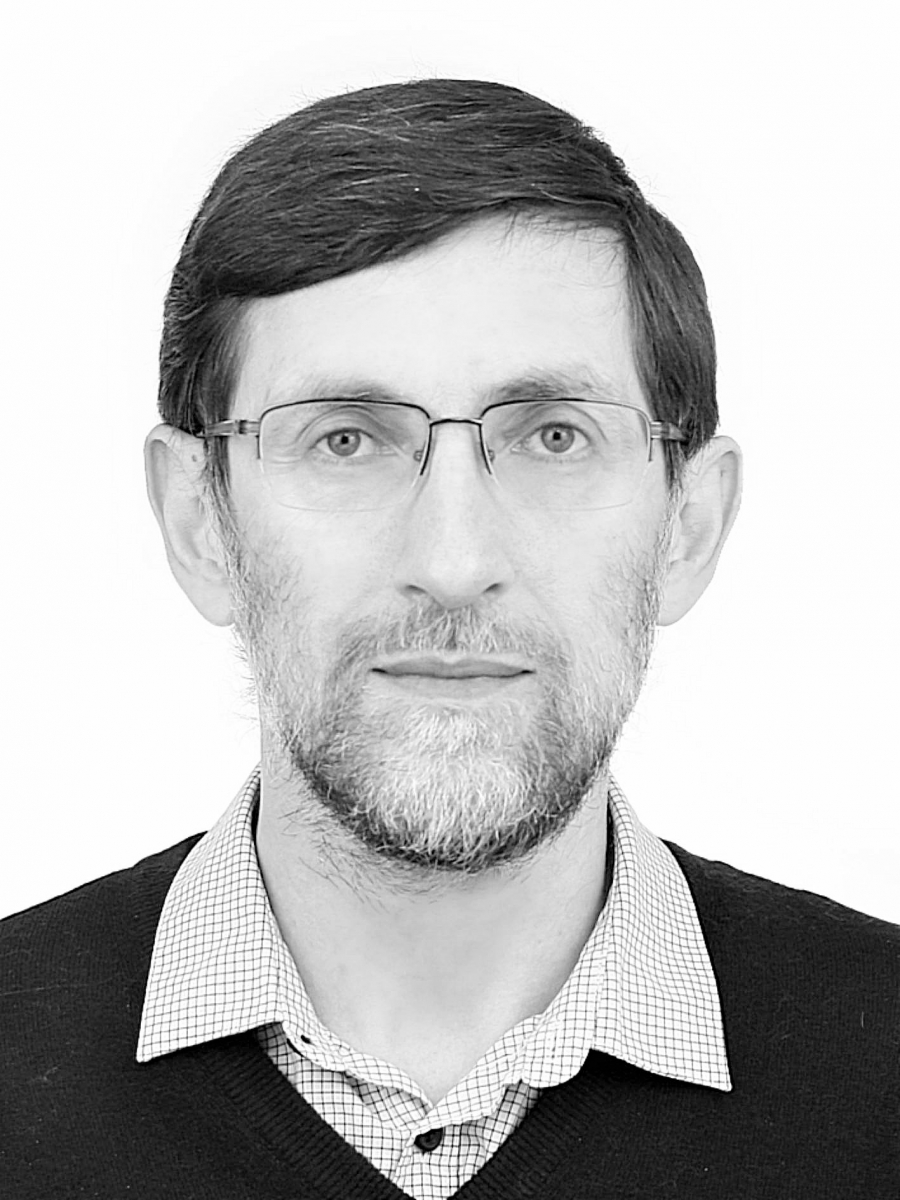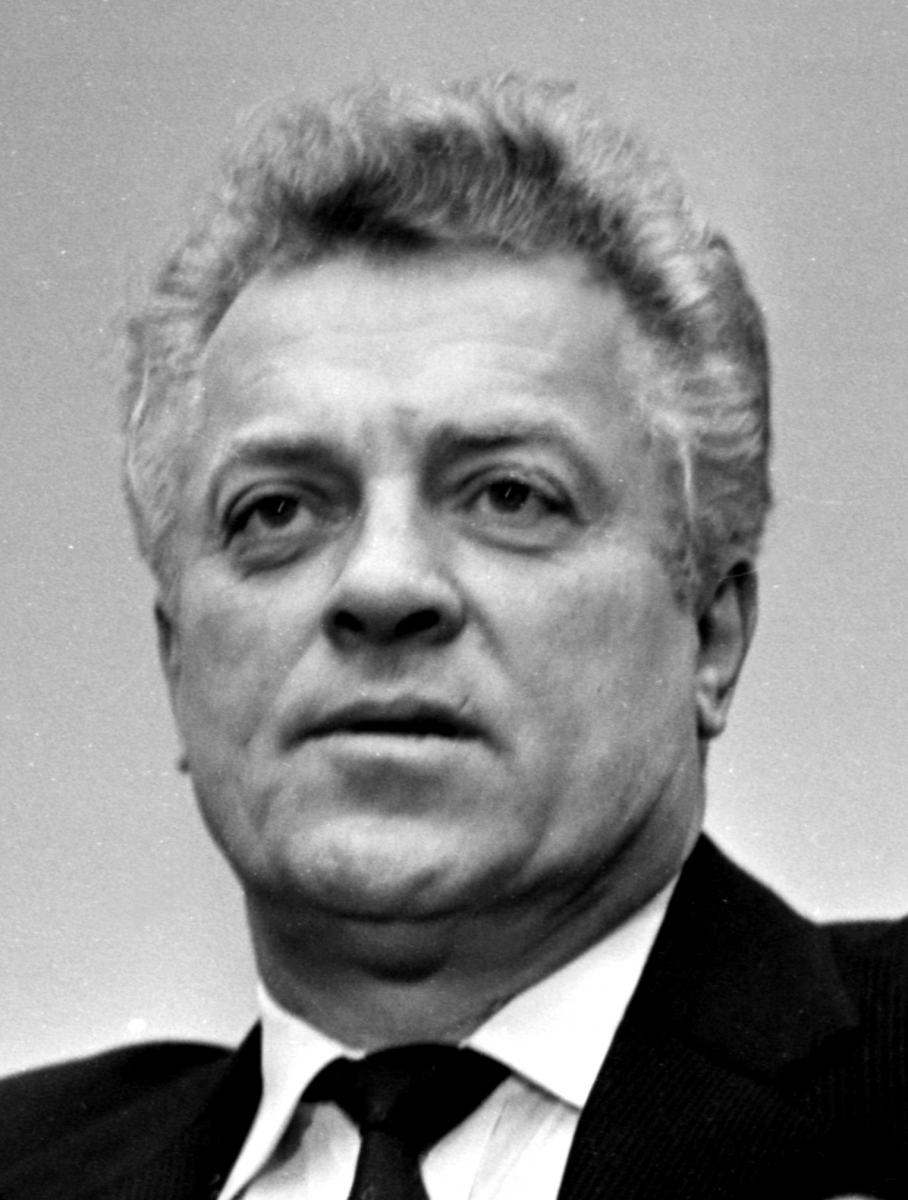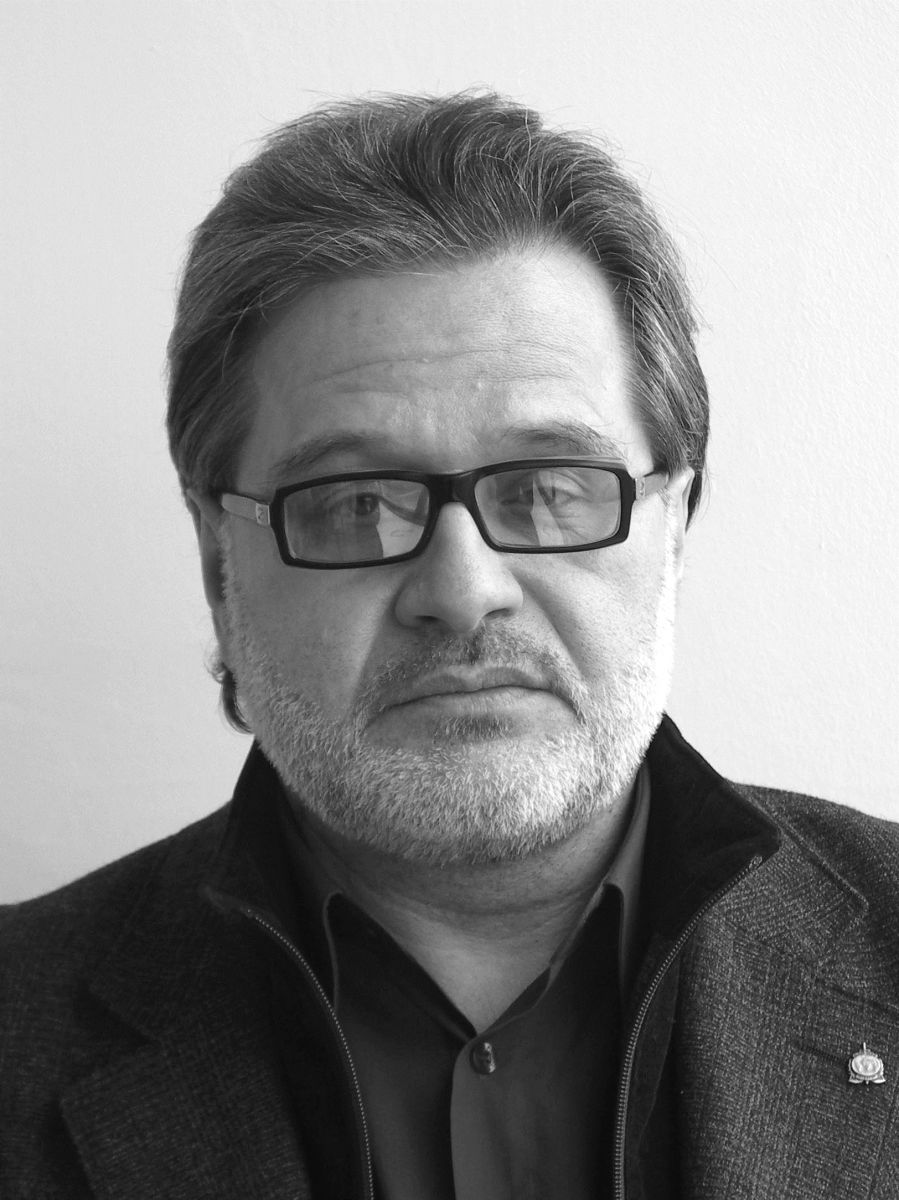COMPLEX NETWORKS
 |
|
Alexander G. Chkhartishvili |
The Laboratory was established in 2017. At that time, its Head was Dr. Sci. (Phys.–Math.) Alexander G. Chkhartishvili. Since 2020, the Laboratory has been headed by Dr. Sci. (Eng.) Andrey O. Kalashnikov.
Mathematical descriptions of different-nature complex networks have much in common. Therefore, unified approaches can be used to model the network structure and dynamics and solve related problems (analysis, forecasting, and control). The Institute is Russia’s leader in analyzing social networks using control theory methods. Institute’s employees authored the first Russian-language monograph on the subject (Gubanov, D.A., Novikov, D.A., and Chkhartishvili, A.G., Sotsial’nye seti: modeli informatsionnogo vliyaniya, uplavleniya i protivoborstva, Moscow: Fizmatlit, 2010). This book was translated into English under the title Social Networks: Models of Information Influence, Control and Confrontation, Heidelberg: Springer, 2018. Since the establishment, the main research area of Laboratory No. 79 has been complex network security (A.O. Kalashnikov and E.A. Sakrutina).
 |
|
Andrey O. Kalashnikov, Head of Laboratory No. 79 |
In 2018, the Laboratory merged Laboratory No. 9 (Distributed Automated Information Systems), receiving its current name. Laboratory No. 9 has a long and glorious history. It was established in February 1952 as the Laboratory of Automatic Devices. Up to 1967, its Head was Vadim A. Trapeznikov, Prof., Dr. Sci. (Eng.), Corresponding Member of the USSR Academy of Science (and Academician since 1960). The research area of the Laboratory was laid in 1956: Trapeznikov charged a group of young specialists under A.F. Volkov to create a copy of the M-3 digital computing machine. It was the beginning of a fundamentally new technology developed in the Institute: digital computing machines, complexes, and systems.
In 1967, Laboratory No. 9 was renamed the Laboratory of Control Computing Machines, and Dr. Sci. (Eng.) Albert F. Volkov was appointed its Head. Later on, he became Prof., Laureate of the USSR State Prize, and Honored Scientist of the Russian Federation. Volkov headed Laboratory No. 9 until 2003. In 2003–2018, the Laboratory Head was Cand. Sci. (Eng.), Assoc. Prof. Vitaly N. Lebedev.
In 1961–1978, the main research area of Laboratory No. 9 was an architecture, methods, and tools for ensuring the required reliability of special-purpose information and control computing systems. Candidates of Sciences A.V. Lebedev, V.T. Lysikov, G.B. Semenov, V.D. Zenkin, G.K. Sorokin, and N.A. Vlasenko actively participated in the works. In 1982, Laboratory’s R&D works in the area were noted with the USSR State Prize (A.F. Volkov) and the USSR Government Award (V.A. Vedeshenkov).
 |
|
Albert F. Volkov |
Starting from 1974, the Morflot automated control system (ACS) was developed jointly with other Laboratories of the Institute and organizations of the USSR Ministry of Maritime Transport. Within those works, scientific and methodological bases were developed to construct ACSs for hubs and information and mathematical support and software for the ACS Port. In 1984, the methods, hardware means, and software tools were implemented in Leningrad, Riga, Ilyichevsk, and Murmansk commercial seaports. Cands. Sci. (Eng.) V.N. Lebedev, I.N. Marakanov, and A.D. Kozlov actively participated in the development and implementation.
 |
|
Vitaly N. Lebedev |
Since 1993, the Laboratory’s main research area was the theory of constructing distributed automated corporate information and management systems (IMSs). In this area, the methodology and core software were developed for distributed secured IMSs based on Internet technologies, the three-tier architecture (client–application server–database server), and public information and computing networks. Features of the methodology are the architecture of system interfaces controlled by a metadata language (providing interaction between remote databases, users, and applications) and the architecture of a common communication interface (ensuring the independence of applications and transportation and data protection means).
Since 1993, by the assignment of the Ministry of Communications of the Russian Federation, the Laboratory developed an automated information system for Russian postal services (AIS PS). In the same year, “The Concept of the AIS PS” was formulated and approved by the Scientific and Technical Council of the Ministry of Communications. The Institute as the responsible executor was entrusted with the scientific support of the project and design of the postal information and computing network (PICN), organizational management systems, and information and commercial systems. In 1994–1998, hardware-software complexes and basic components of the PICN were created in almost all Russian regions; in addition, network and application software was developed, and over 1000 postal specialists were trained. In 1995–2003, over 20 subsystems were developed and implemented based on the PICN. Among them, note Hybrid Mail, the Integrated information Decision Support System, Electronic Money Transfers, Goods by Post, Direct Address Mailing, and Subscription. R.E. Asratyan, A.F. Volkov, V.N. Lebedev, I.N. Marakanov, A.D. Kozlov, V.A. Vedeshenkov, A.V. Antonov, A.V. Tret’yakov, N.F. Volodina, G.M. Zolotukhina, and employees of Laboratories No. 20 and No. 37 significantly contributed to those works.
Since 1999, another important line of Laboratory’s activities was creating a secured information and computing system for the Interpol National Central Bureau (NCB) under the Ministry of Home Affairs of the Russian Federation (the Interpol ICS). It is a corporate multilevel distributed information system based on the methodology described above. The Interpol ICS operates in the NCB and its regional branches. Cand. Sci. (Eng.) V.N. Lebedev, Cand. Sci. (Eng.) V.L. Orlov, Cand. Sci. (Eng.) R.E. Asratyan, Cand. Sci. (Eng.) I.N. Marakanov, Cand. Sci. (Eng.) A.G. Shinkaryuk, V.E. Moskal’kov, A.V. Tsukanov, V.G. Volin, E.A. Kurako, and others significantly contributed to developing the system.
In 2008, NCB Web Manager (proxy analyzer) was developed within the international TACIS project “Modernization of the Interpol network in Russia.” Under the contract terms with the Interpol General Secretariat, the system was tested and put into commercial operation. NCB Web Manager provides controlled access and registers requests (responses) to information resources of the Interpol General Secretariat (Lyon, France) from 160 workstations located in the Interpol NCB under the Ministry of Home Affairs (Moscow) and its 41 regional branches. The system has the following functionality: centralized monitoring of the branches, search of registered requests by key attributes, and the generation of arbitrary-period reports.
An important area of Laboratory’s research concerns tools and methods for information and software integration in a heterogeneous environment for distributed corporate socio-economic systems. Jointly with Laboratory No. 30, automated tools were developed to support financial planning in vertically integrated oil companies. The tools have the flexibility and scalability needed to work in a dynamic economic context.
In 2013–2017, Interpol NCB services (Interpol Data Processing Services) were developed and implemented in the Ministry of Home Affairs. The services operate within the Integrated Information and Analytical Support System of the Ministry of Home Affairs based on Data Processing Centers (DPCs) with secured access throughout the country. With Interpol Data Processing Services, the Ministry of Home Affairs receives operational information from the Interpol Central Database (Lyon, France) about all stolen vehicles, lost documents, and wanted criminals and enters information about wanted criminals in international databases. Cand. Sci. (Eng.) V.L. Orlov, Cand. Sci. (Eng.) R.E. Asratyan, A.D. Kozlov, E.A. Kurako, V.E. Moskal’kov, S.V. Vladimirova, and other employees of Laboratory No. 9 significantly contributed to developing Interpol Data Processing Services.
The main research area of the Laboratory in that period was methods and tools for managing distributed processing and information security in complex and heterogeneous multi-networks. As a result, new methods were proposed to solve several problems (authentication, protection and routing of information requests, and access to information resources in distributed systems operating in multi-server environments). The proposed methods laid the foundation for new network technologies and services oriented to data security under the sequential processing of information requests in a chain of servers located in independently administered networks, including different agencies and local networks (R.E. Asratyan, A.D. Kozlov, E.A. Kurako, V.N. Lebedev, V.L. Orlov, and others). In addition, studies were continued to ensure the reliability of technical means, as an important security factor, by creating new fault diagnosis methods for distributed information systems (V.A. Vedeshenkov).
Currently, Laboratory’s research focuses on different-nature complex networks: technological (automated process control systems, industrial Internet, etc.), cyber-physical (sensor networks, the Internet-of-Things, etc.), cybernetic (automated information systems and critical information infrastructure objects of the Russian Federation, Internet, etc.), and social (Odnoklassniki, VKontakte, Facebook, etc.).
Security management for complex networks includes the following fundamental problems:
- identifying neighborhood objects of a network;
- modeling the activities of objects;
- detecting anomalies in such activities;
- forecasting situation development.
These problems are topical for different-nature networks. Their universal mathematical formulation and solution (including algorithmic and software implementation) allow considering security management issues based on a unified methodological approach for any complex networks.
